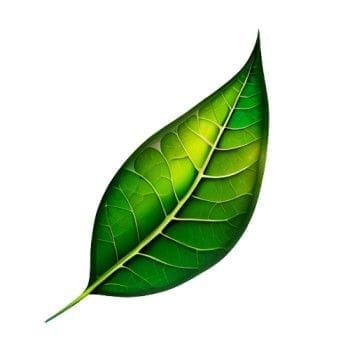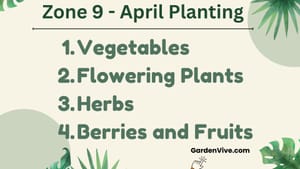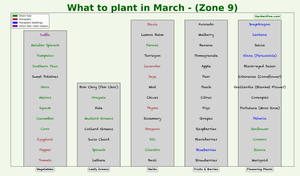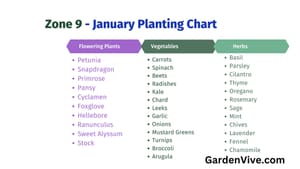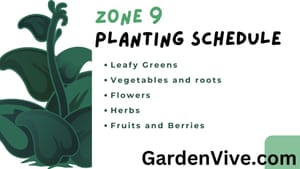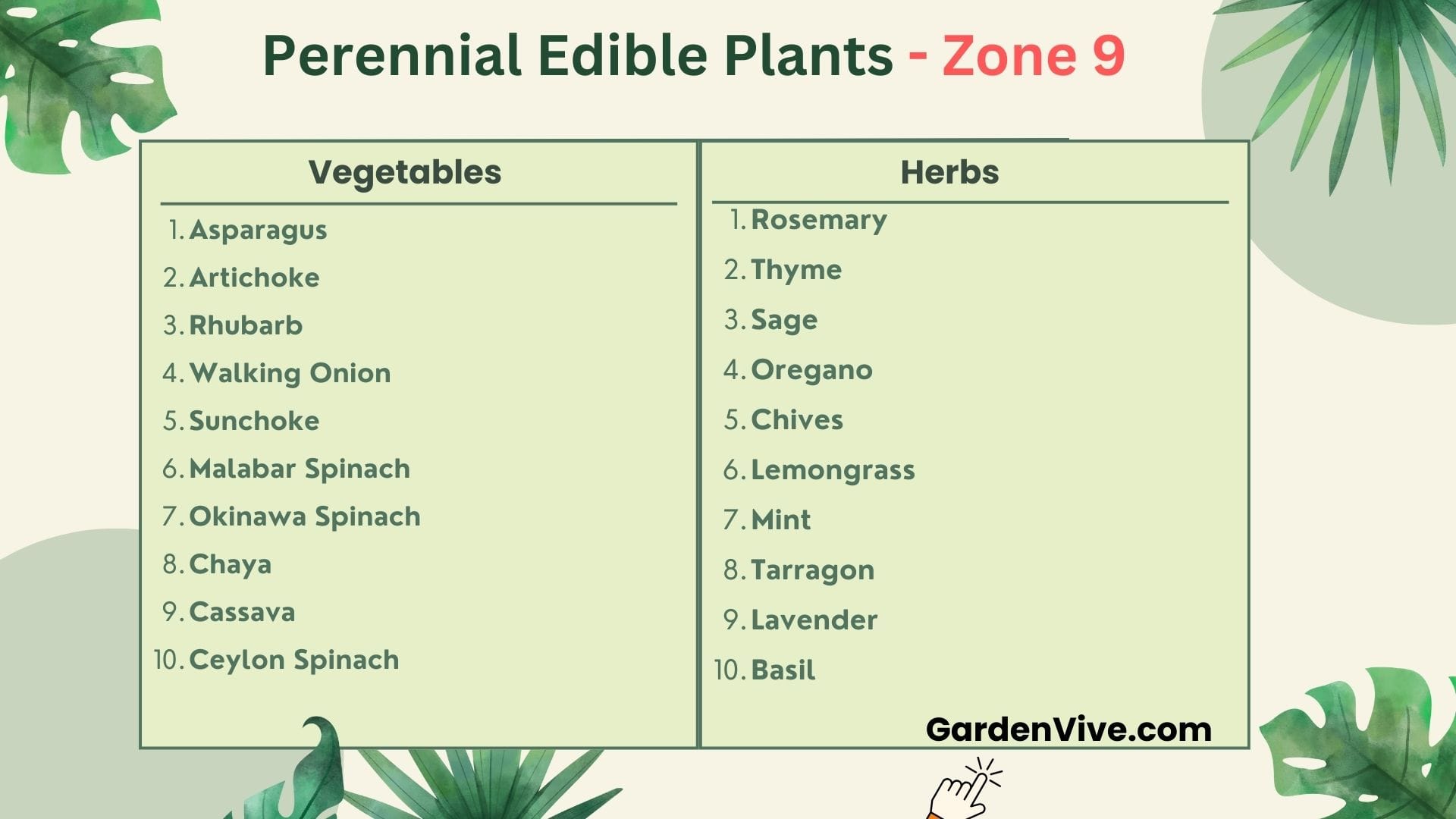
It's easy to say "Grow your own food" rather than doing so. You might face difficulty only in the first year of vegetable gardening as this is totally a new journey for you. After a few years of gardening, I started feeling I must plant some edible vegetables and herbs that are perennial. (So that I can enjoy harvesting for a long time)
In this article, you will find a list of perennial edible plants for Zone 9.
Why perennial? Perennials will take at least more than 2 years to complete their life cycle. It means you don't have to grow the same plant every year to grow your food.
For example, if you want to eat Cilantro/coriander, you have to plant it again and again. You can't just plant once and enjoy/harvest every year from that same plant.
But think about asparagus. You can plant it once and harvest it for many years. (I know they will turn yellow and you need to trim back to increase the harvesting)
Considering the climate of Zone 9, I designed this chart showcasing perennial edible plants.
I am covering these plant types:
- Edible Perennial Vegetables
- Edible Perennial Herbs
Note: Do you know that, a plant can be perennial in some regions and annual in others? Yes, you heard it right. Depending on the length of growing season, daytime length and temperature, a plant can be either perennial or annual.
For example: In warmer regions, tomatoes can be a perennial plant, and in colder regions, they can die due to frost (and they become annual there).
Edible Perennial Vegetables - Zone 9
| Plant Name | Variety Suggestion |
|---|---|
| Asparagus | Martha Washington |
| Artichoke | Green Globe |
| Rhubarb | Victoria |
| Walking Onion | Egyptian Walking Onion |
| Sunchoke | Stampede |
| Malabar Spinach | Red Stem |
| Okinawa Spinach | Gynura bicolor |
| Chaya | Estrella |
| Cassava | Manihot esculenta |
| Ceylon Spinach | Basella alba |
All of the above-mentioned vegetable plants can be grown as perennials in Zone 9.
If you are not sure when to plant what you can check: Zone 9 Full year planting schedule
And if you have any shady space left in your area and confused what to grow under shades you can follow: vegetables to grow in shade in Zone 9
You need to know these before you start growing those:
Malabar Spinach can be grown as perennial but I will never recommend that.
I have tried several times, but in winter they will start fruiting (small deep purple berry-like fruits). I leave the fruits for birds but they are edible for us too.
But the taste of the leaves of Malabar spinach changes a lot at this phase. Most of us don't like it. It's better to start a fresh plant in the next growing season.
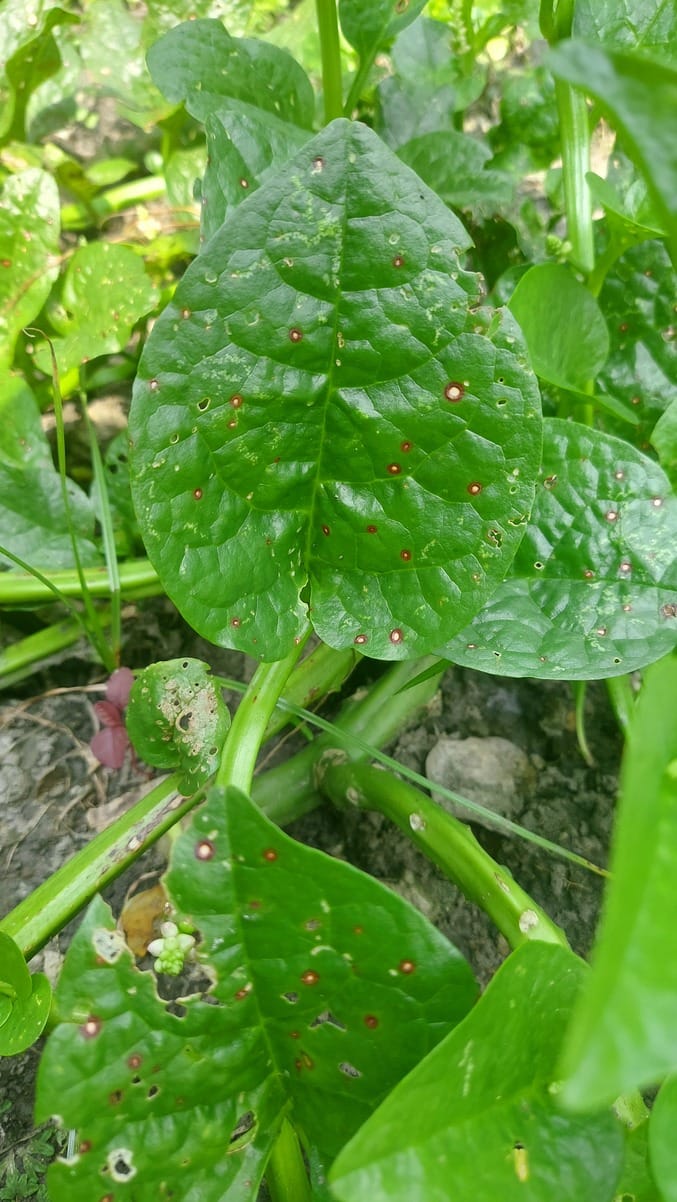
Can you see the red spots? In warmer regions they are common, let's learn: Red Spots on Malabar Spinach Leaves - Causes, Treatment
Asparagus can be a good choice if you want to plant it once and harvest it for many years. You just need to keep patience and do not harvest in the first 2-3 years of planting.
Proper trimming is the key to massive harvesting. You can read my full guide on when and how to trim back asparagus.
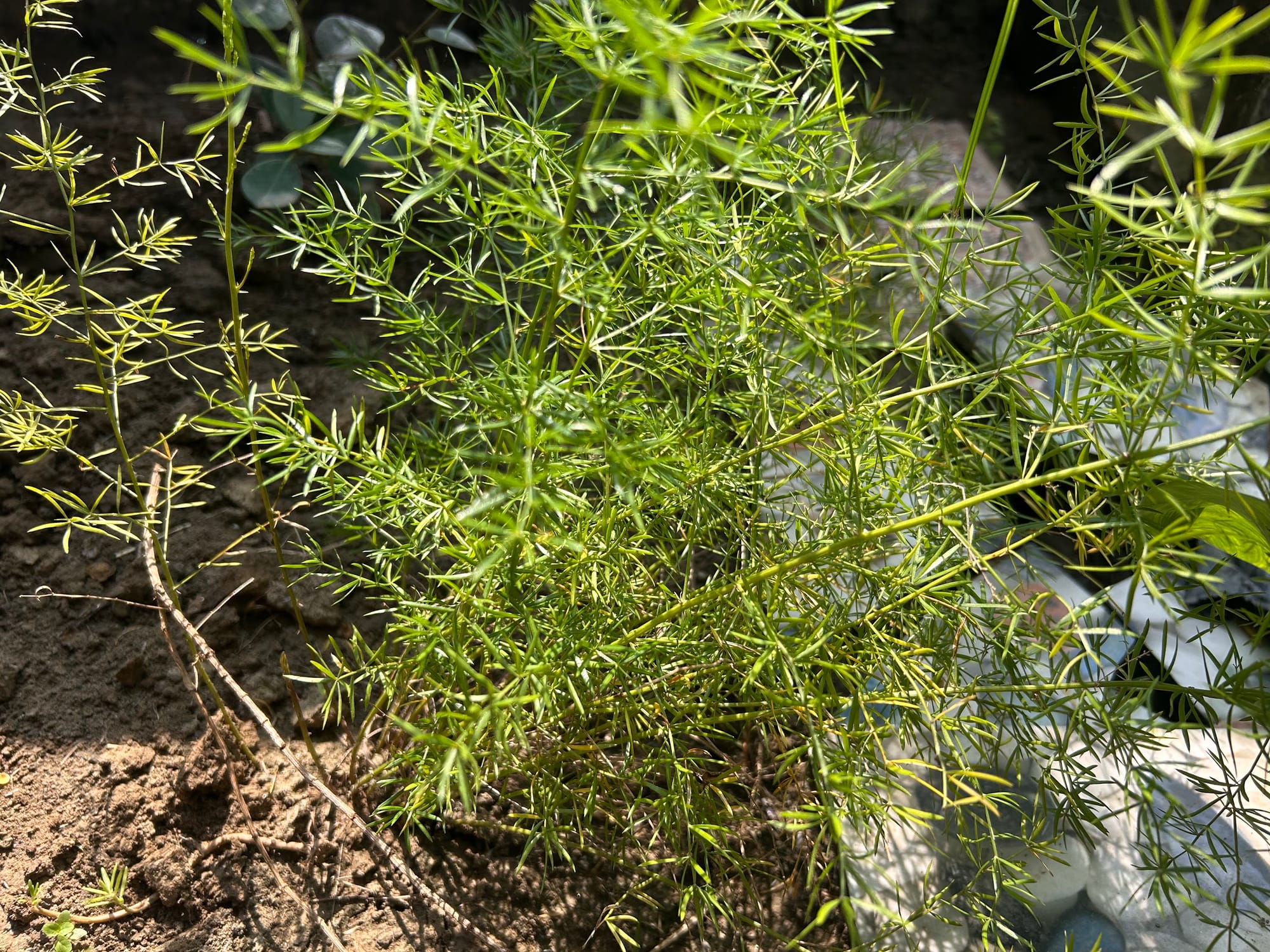
Not all the spinach will grow perennial. Only a few spinach variants grow as perennial in Zone 9. Ceylon Spinach and Okinawa are two of those perennial variants.
Chaya is also known as "Tree Spinach". This is really a hardy plant.
Cassava is a root vegetable among the mentioned plants.
The list is short. If you want to add one to this list, you can consider nine star broccoli. ( This variety of broccoli is a perennial one)
Edible perennial herbs
| Herb Name | Variety Suggestion |
|---|---|
| Rosemary | Arp |
| Thyme | English Thyme |
| Sage | Garden Sage |
| Oregano | Greek Oregano |
| Chives | Garlic Chives |
| Lemongrass | East Indian |
| Mint | Spearmint |
| Tarragon | French Tarragon |
| Lavender | Munstead |
| Basil | African Blue Basil |
A lot of beginner gardeners complained to me that they can not grow Lavender, here is a guideline for them: how to grow Lavender in Zone 9.
Lavender and Lemongrass need full sunlight. I have tried growing oregano several times and each time they performed really great in shade. If you have a shady area in your garden you can go for oregano and mint.
Mint and peppermint both can be considered perennial edible herbs for Zone 9.
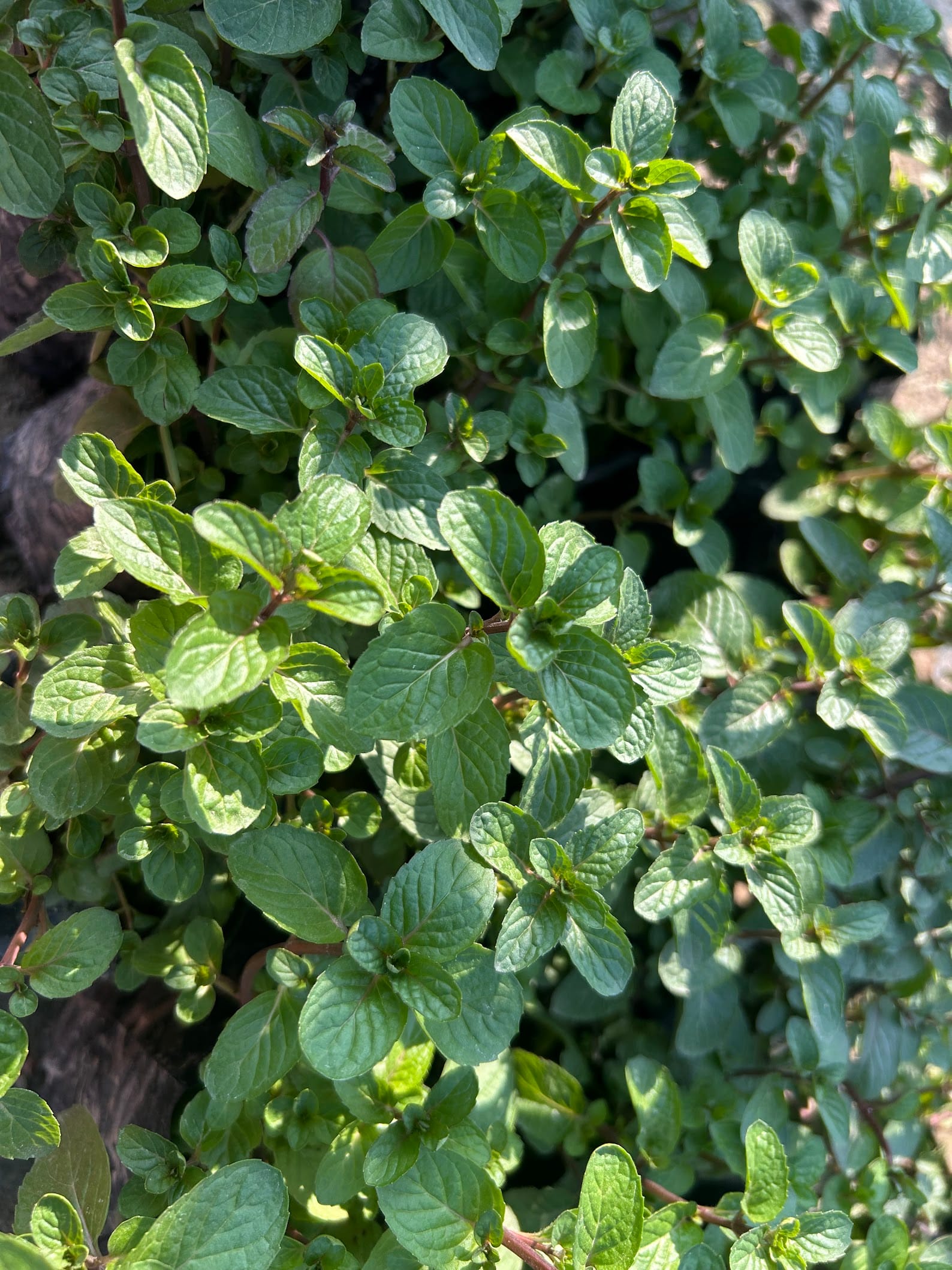
Lemon grass is a good edible perennial herb for Zone 9 gardeners. We usually love the flavor of this herb.
Lemongrass grows aggressively and you will need to invest time in regular thinning to keep it well-managed.

Right now, I am growing a few more edible plants that I have not listed in this article yet. Waiting for the results. If they perform well, I will add those in the next update.
You can subscribe to this site to stay connected with me and get useful gardening tips for Zone 9.
